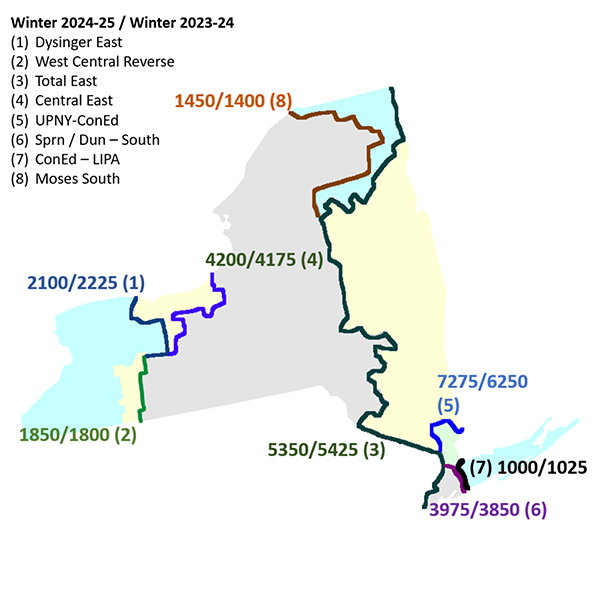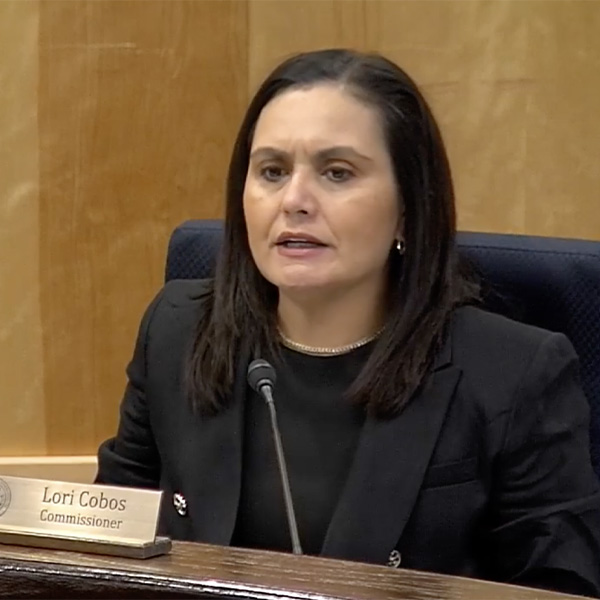Resource Adequacy
Resource adequacy is the ability of electric grid operators to supply enough electricity at the right locations, using current capacity and reserves, to meet demand. It is expressed as the probability of an outage due to insufficient capacity.
PJM has presented an overview of a concept it is developing to allow high-capacity factor resources to be accelerated into the Phase 1 study period of Transmission Cycle 2.
NYISO expects it will be able to operate reliably, according to the Winter 2024 Operating Study.
In response to stakeholder criticism, NYISO updated its draft Reliability Needs Assessment to include an executive summary and appendices, and extended the comment period on the report.
NYISO released the first draft of its 2024 Reliability Needs Assessment showing a capacity deficiency in New York City beginning in 2033 and proposing to declare a reliability need for its zone.
Pairing power-hungry data centers with clean energy resources is sparking mixed feelings among regulators, who say the grid already is straining with increased electrification and connecting new energy sources.
The bills signed by the California governor cover rules around transmission approval, GETs, grid reliability standards and bi-directional EV charging.
Texas regulators have approved ERCOT’s reliability plan for the petroleum-rich Permian Basin that could rely on the state’s first use of 765-kV transmission facilities.
NYISO made significant updates to its assumptions as part of its final Reliability Needs Assessment, which now shows no concern of a capacity deficiency and a loss-of-load expectation of less than 0.1 in 2034.
Nvidia CEO Jensen Huang explained why AI is driving such high demand for electricity and how it could benefit the power grid, and society more generally, in the near future.
MISO is questioning whether its one-day-in-10-years loss of load standard remains the best method for establishing resource adequacy, and state regulators want in on potential decisions.
Want more? Advanced Search









